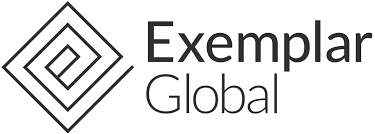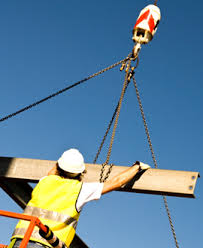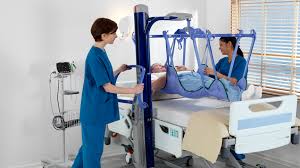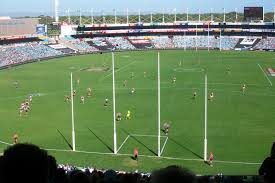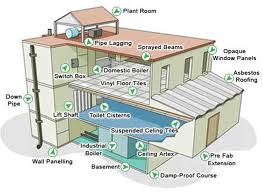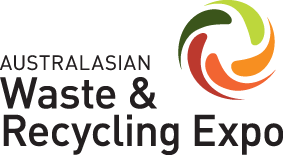The debate over whether a dogman is required to sling and lift loads in Australian workplaces has raged on and on countrywide for quite some time now.
Every week you can rest assured that a workplace manager and a client/contractor or employees are at odds about the requirement of a dogman to sling and lift loads.
Unfortunately if we are to consider the issue of dogman requirements across all Australian workplaces and in all Australian states there is no definite yes/no answer to the issue.
If a dogman is needed in ‘every instance of lifting a load’ then every nurse in every hospital and aged care facility should have dogman training which is currently not the case. However, in many construction sites and steel foundry’s dogman training is a pre requisite prior to performing any load slinging/lifting.
Is a bundle of steel being lifted and the persons below any more critical that a patient and a nearby nurse?
To help with this commonly encountered workplace dilemma here are a few notes on Dogman requirements we always use to provide direction:
- If there needs to be an assessment made as to the weight of the load, a dogman is required.
- If there is a need to make a selection of the lifting equipment (sling/chain) needed to lift the object a dogman is required.
- If there is a need to work out where and how the lifting chain/sling is to be attached to the load a dogman is required.
- If the load leaves the sight of the person operating the crane/hoist and whistles or radio signals are used a dogman is required.
The exact requirements on whether a dogman is required or not will continue to vary from state to state based on legislation and industry to industry based on expectations but hopefully you might find these short notes useful.
Posted by Cathal Uniacke – cathal@custodiansafety.com.au
